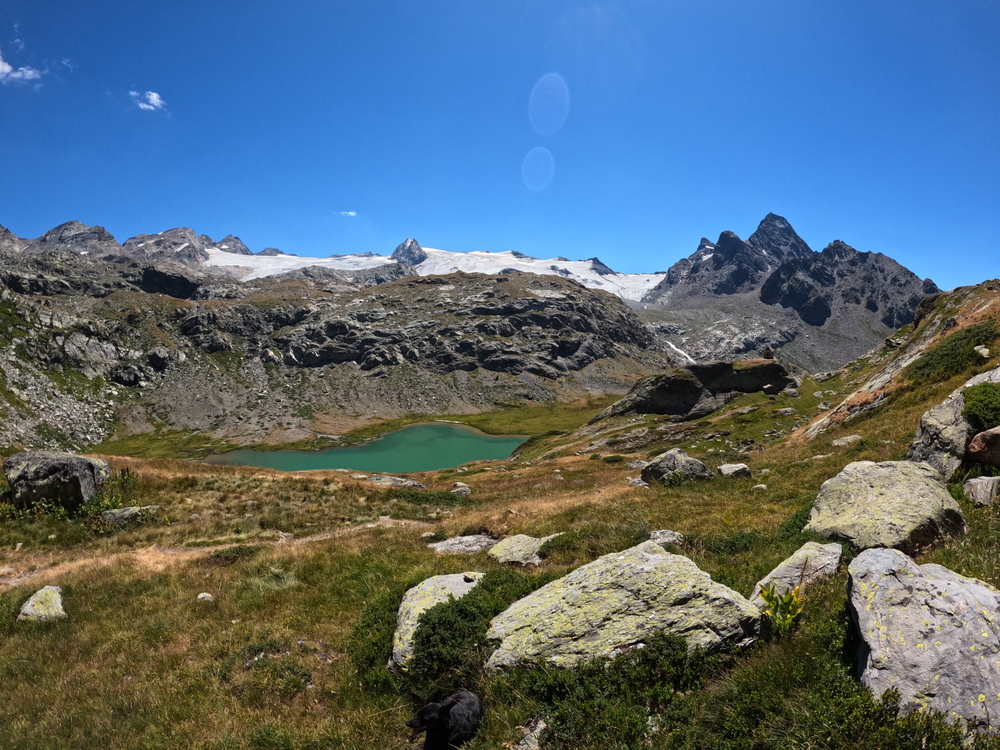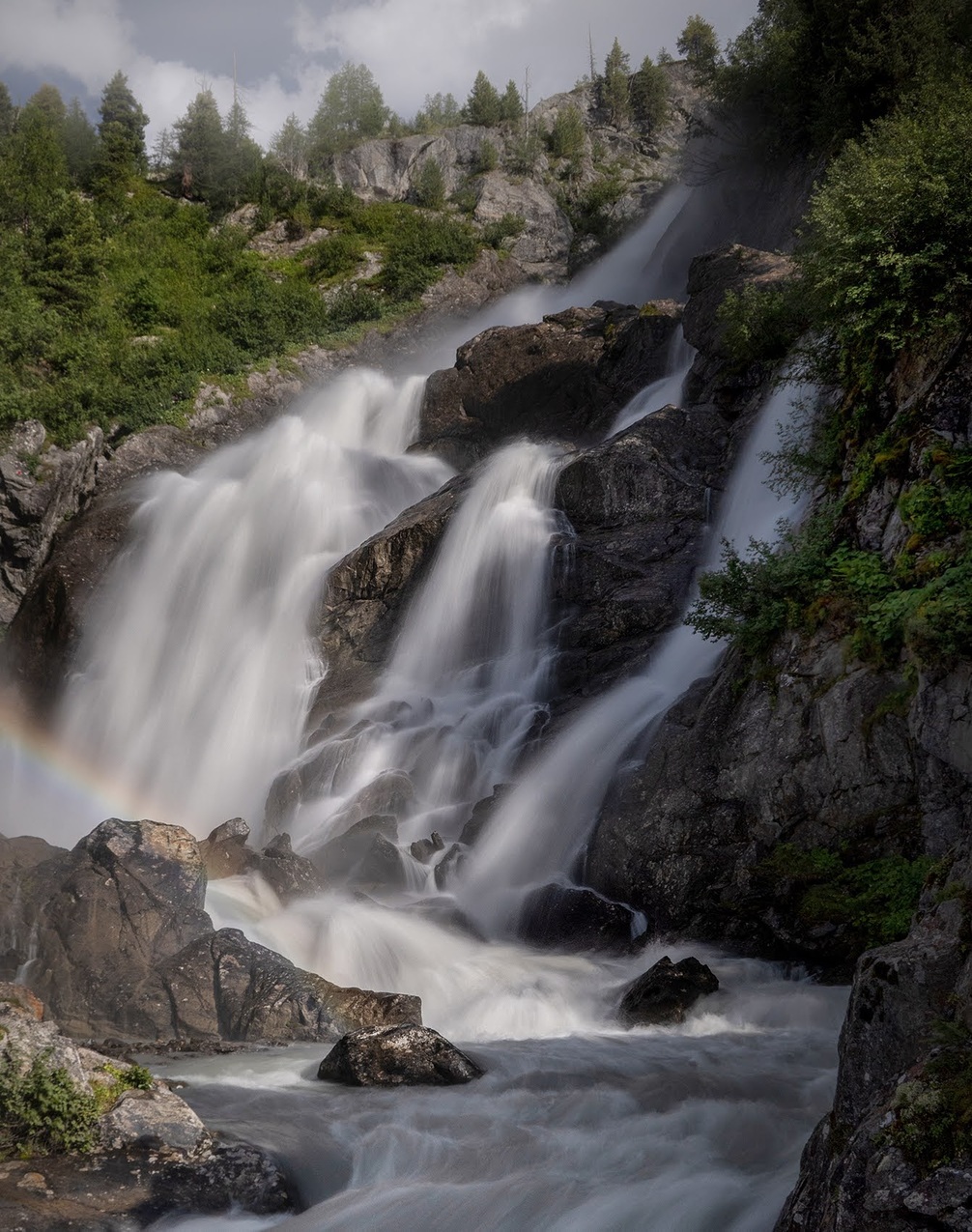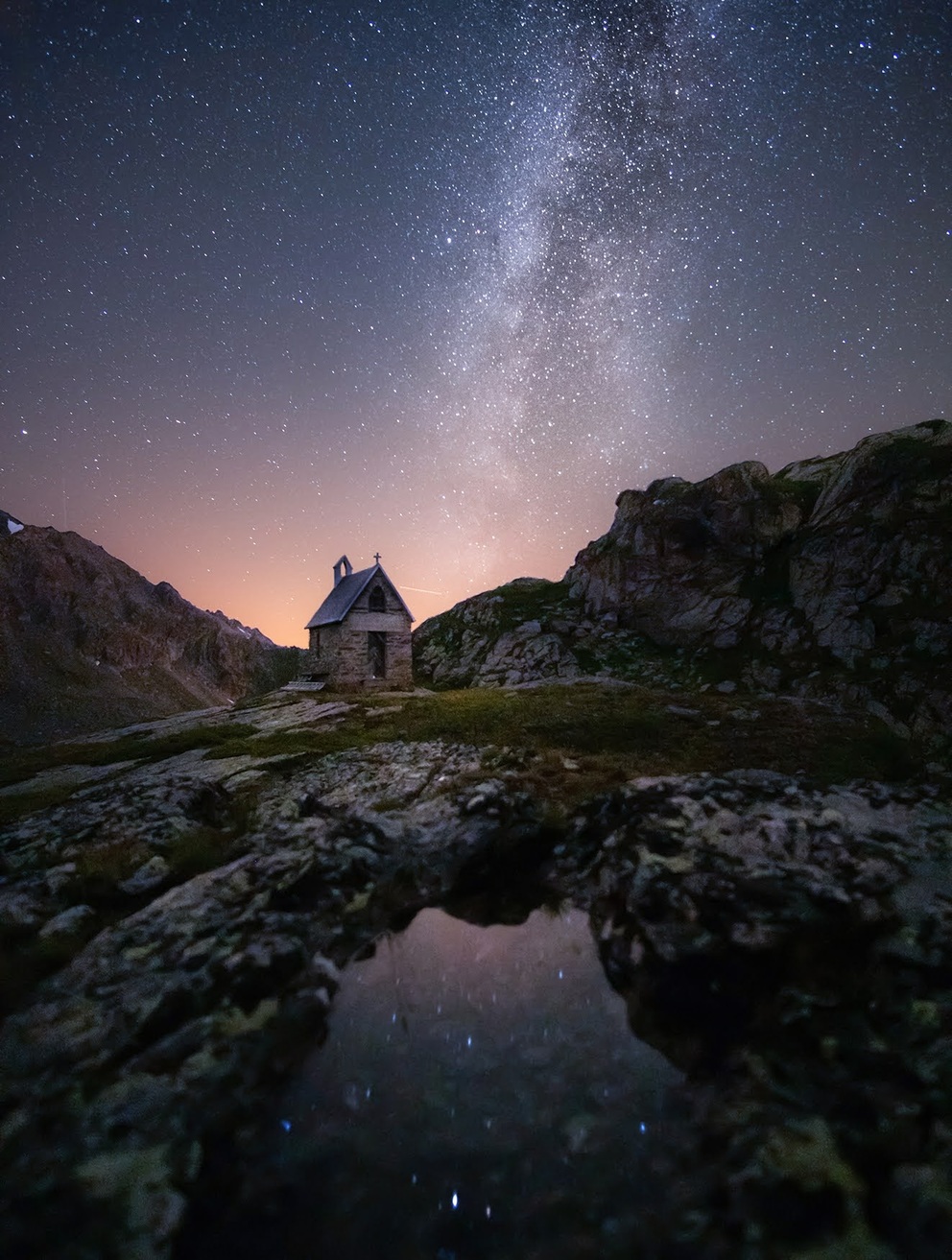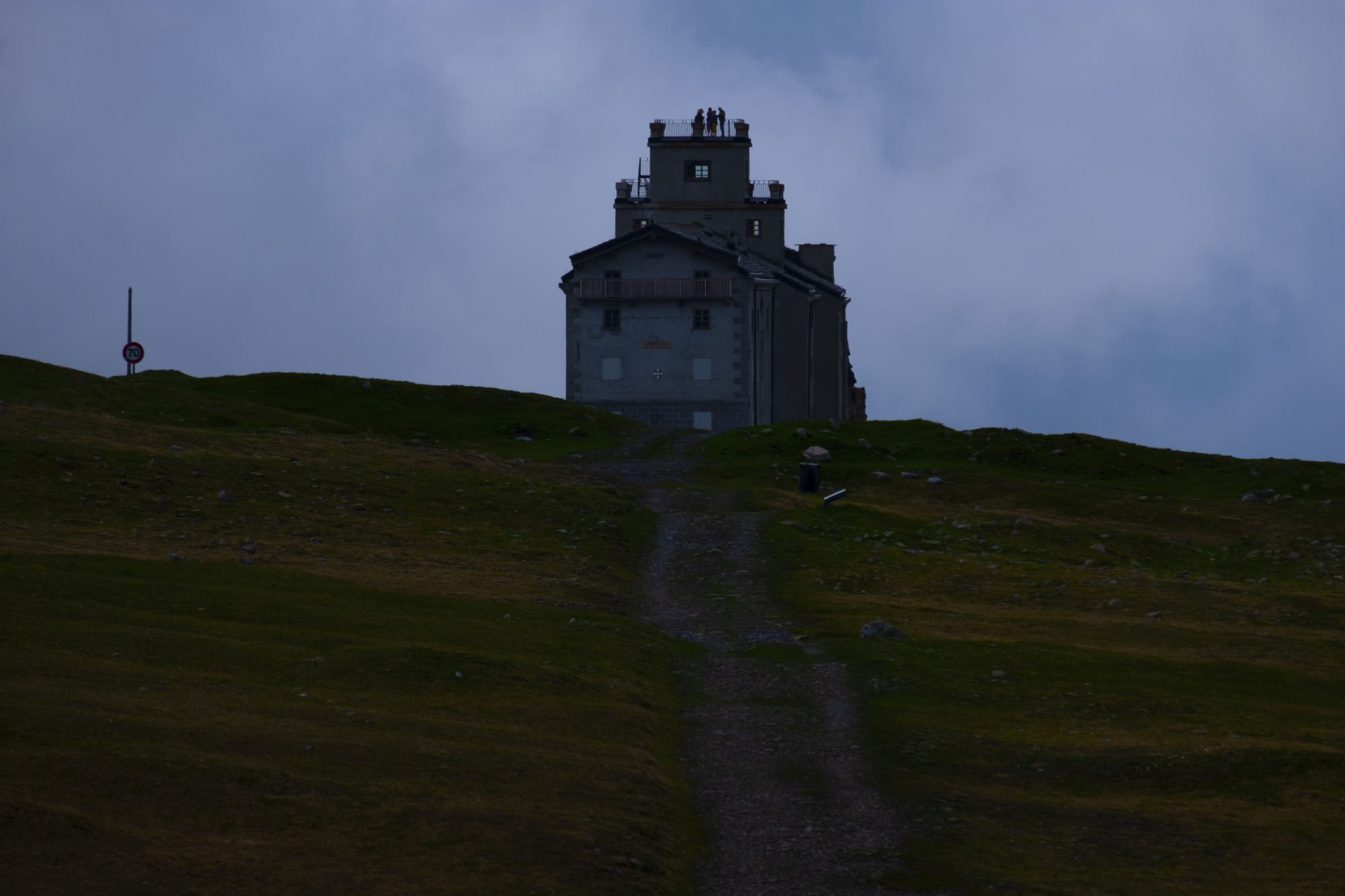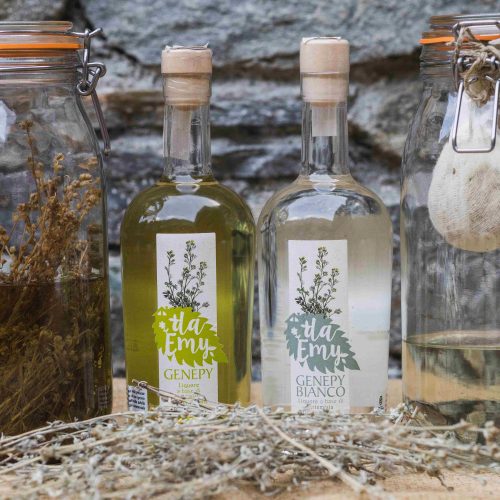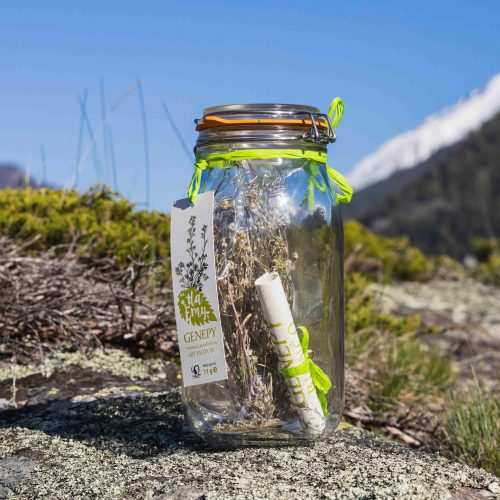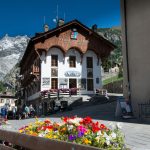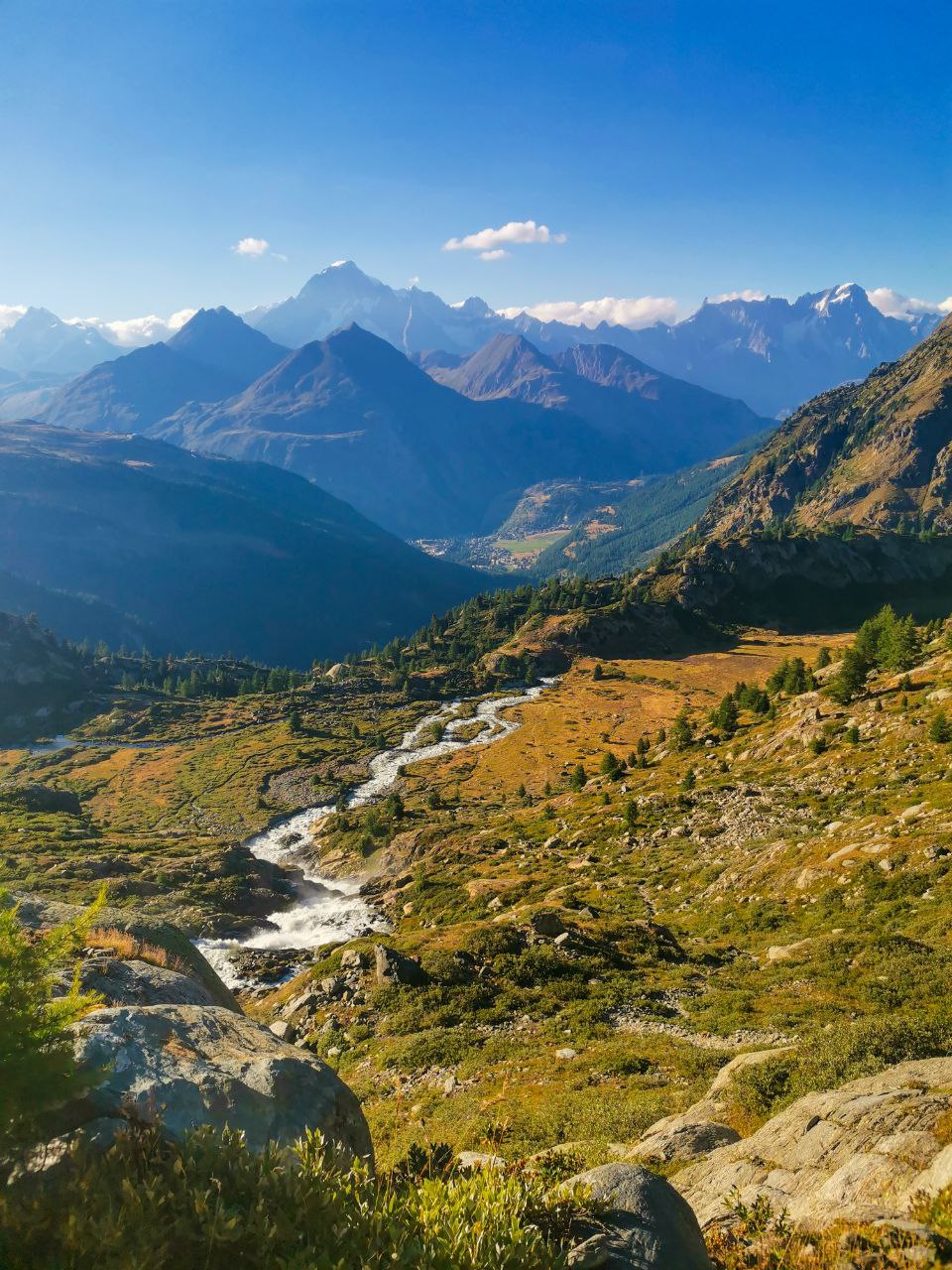
Comune La thuile - foto di Chiara Piras
Unité des Communes Valdigne-Mont-Blanc La thuile
Pearl of the Alps



La thuile The History
Although it has become, like Courmayeur, a luxury destination, La Thuile is a town that has retained its traditional alpine charm and offers an opportunity to immerse oneself in the culture and history of the Aosta Valley.
The birth of the village of La Thuile dates back to the time of the Roman conquest, when the consular road of the Gauls ran entirely through the territory of Valle d'Aosta, traversing the mountain range of the Alps at the westernmost part, across the Alpis Graia (the Little St. Bernard).
At that time, the village was called Ariolica.
It seems that this name has Celtic origins from "ar" meaning high ground and "lica" meaning light, thus "light on the mountain."
After the fall of the Roman Empire, La Thuile was annexed to the kingdom of the Franks (575), becoming part of the kingdom of Burgundy in the 10th century, when it took the name Thuilia.
It later came under the direct rule of the Savoy family, under the first control of Umberto I Biancamano, Count of Valdigne, until its annexation to the Kingdom of Italy (1861).
La Thuile actually has an original name in patois, namely La Tchoueuille, dating back to 1760.
The name in patois was then temporarily replaced in the Fascist era with Porta Littoria and then permanently called La Thuile.
"Thuile" means, in Valle d'Aosta dialect, the lose, slabs of stone, excellent for roofing houses that, in La Thuile, in the past were quarried in the area of Pont Serrand and on Mont du Parc.
Today, La Thuile is known primarily as a high-quality ski resort and a summer destination for nature lovers and hikers.
Its rich history and scenic location in the Italian Alps make it a fascinating destination for visitors wishing to explore the natural beauty and historical culture of the region.
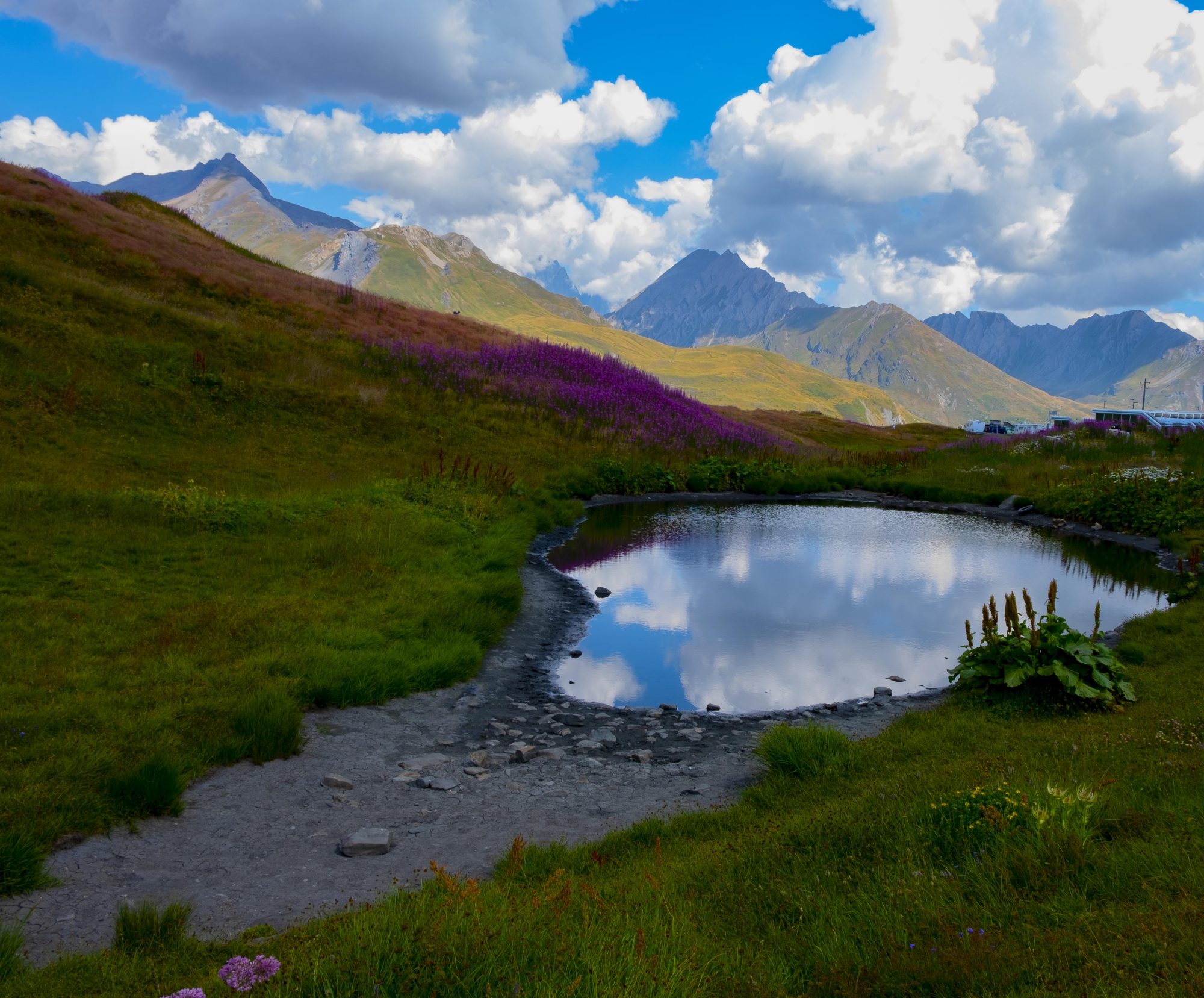
Whato do in La thuile
sa see in La Thuile
Standing out among the wonders of La Thuile is the mysterious Cromlech, a circle of 46 stones at the Little St. Bernard Pass on the border between the Aosta Valley and Savoy, dating back to the 1st millennium BC. This enigmatic site still arouses curiosity and questions today.
The parish church of St. Nicholas is another point of historical and artistic interest.
Rebuilt in the 15th and 18th centuries following the devastation caused by French troops, the building was decorated after World War II.
Inside, one can admire works of sacred art, such as the 15th-century crucifix and the 18th-century tabernacle, and visit a museum housing statuary and goldsmithing dating from the 13th to the 19th century.
For lovers of art and culture, the Maison-Musée Berton offers an eclectic collection donated by the Berton brothers to the municipality.
In addition to about 200 original pieces of craftsmanship, the collection includes architectural elements, prints, drawings, and sacred art objects, as well as a rich library of books, many of them dedicated to Aosta Valley literature. Nature and Sports in La Thuile In summer, La Thuile transforms into a true paradise for hiking enthusiasts.
The network of trails offers routes of varying difficulty and breathtaking natural beauty, including spectacular waterfalls, fishy lakes and striking valleys.
A must-see is the Petit St. Bernard, where the alpine grassland, surrounded by ancient human remains, offers itself as a mystical spectacle.
For adventure enthusiasts on two wheels, La Thuile’s vast International Bike Park offers more than 200 km of downhill and cross country trails and routes, served by numerous lifts.
Experienced instructors make the experience safe and engaging for cyclists of all levels. In winter, it transforms into an enchanting international ski resort.
Espace San Bernardo, with its 160 km of slopes connecting La Thuile to La Rosière in France, offers fun and challenges for skiers and snowboarders of all levels.
For cross-country skiers, there are three loops of varying difficulty for a total of 11 km of trails.
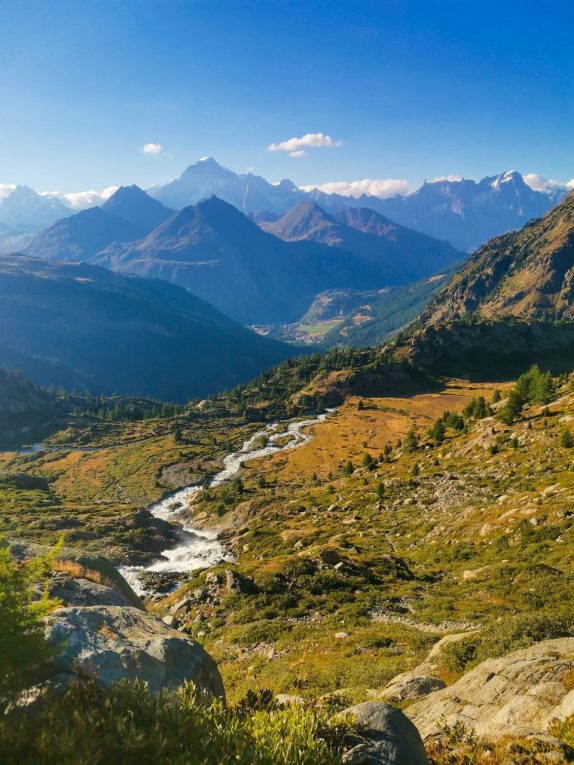
La thuile April 19, 2025

 3°/3°
3°/3°
 2°/2°
2°/2°
 3°/3°
3°/3°
 5°/5°
5°/5°
 5°/5°
5°/5°

